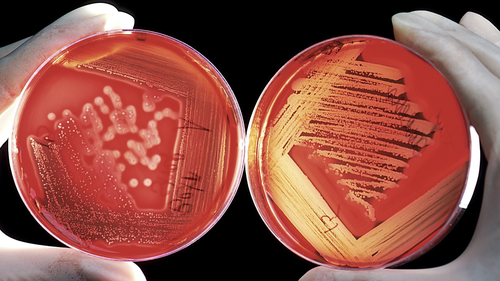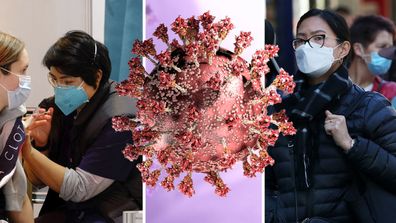Over 60 per cent of people surveyed who had contracted gonorrhoea, a common sexually transmitted disease, showed resistance to one of the most used oral antibacterials, ciprofloxacin.

Over 20 per cent of E.coli cases – the most common pathogen in urinary tract infections – were resistant to both first-line drugs and second-line treatments.
WHO Director General, Dr Tedros Adhanom Ghebreyesus, said more data is desperately needed to address the growing crisis.
“Antimicrobial resistance undermines modern medicine and puts millions of lives at risk,” he said.
Read Related Also: Katie Price breaks social media silence as she comments on doppelgänger daughter Princess’ snap

Answers to the most commonly Googled questions about COVID-19
“To truly understand the extent of the global threat and mount an effective public health response to AMR, we must scale up microbiology testing and provide quality-assured data across all countries, not just wealthier ones.”
The report suggests that although most resistance trends “have remained stable” over the past four years, “bloodstream infections due to resistant Escherichia coli and Salmonella spp. and resistant gonorrhoea infections increased by at least 15 per cent compared to rates in 2017″.
More research is needed to identify the reasons behind the observed increase and to what extent it is related to raised hospitalisations and increased antibiotic treatments during the COVID-19 pandemic, WHO said.







